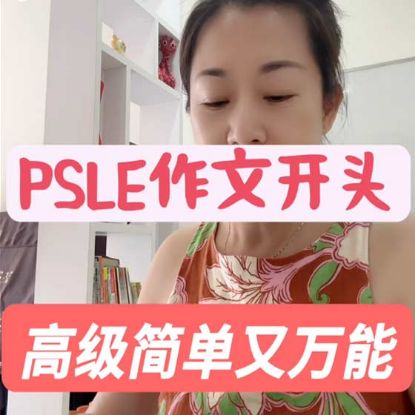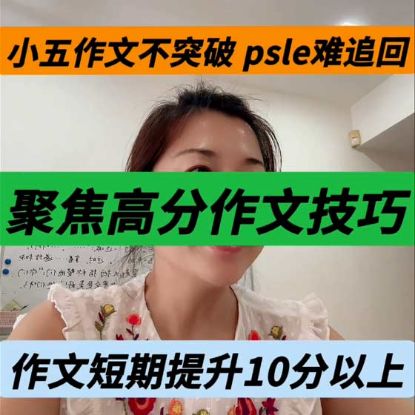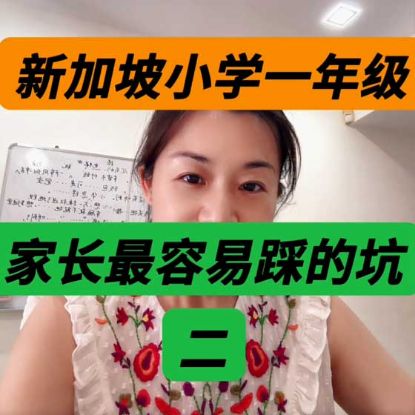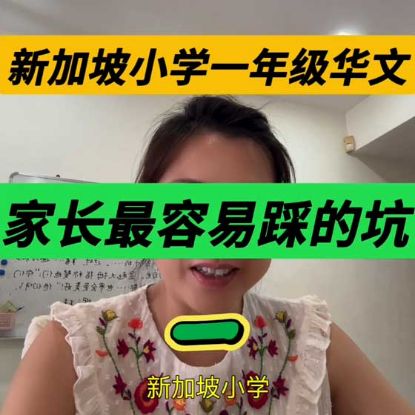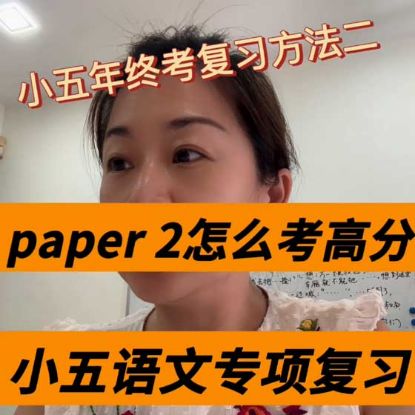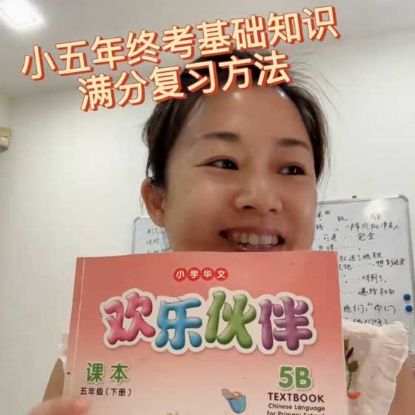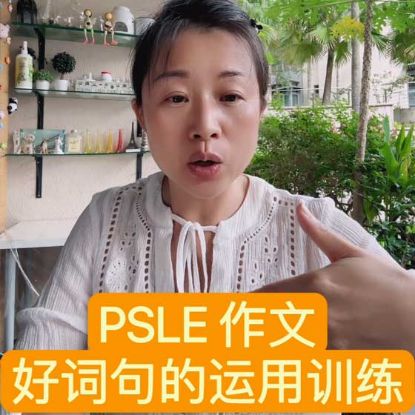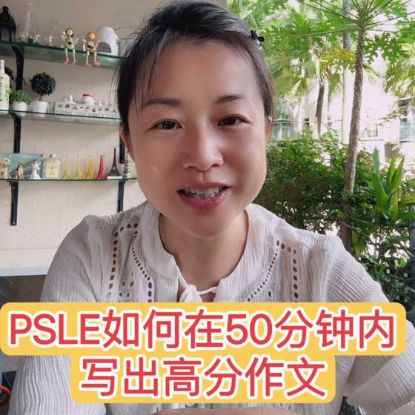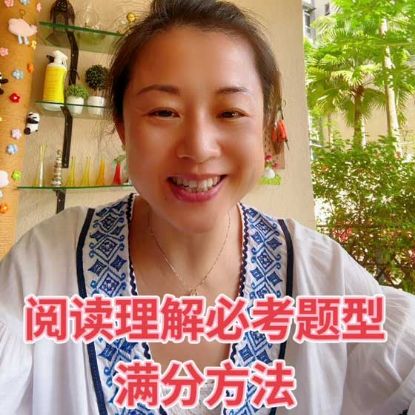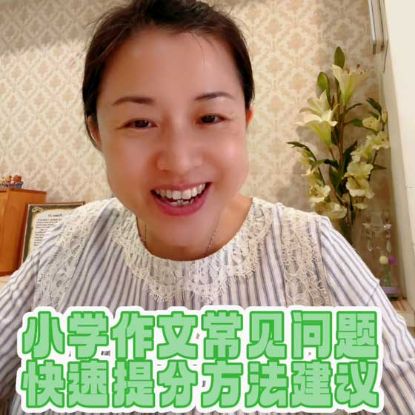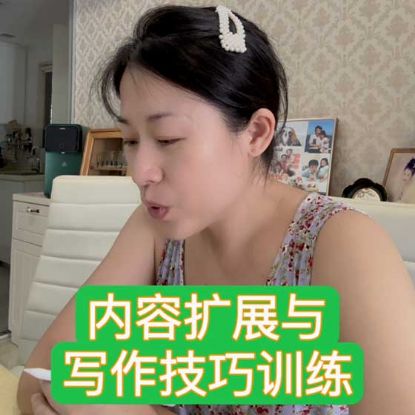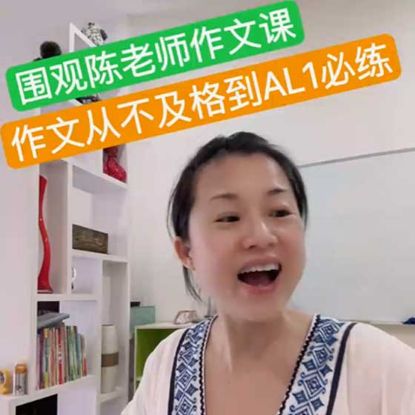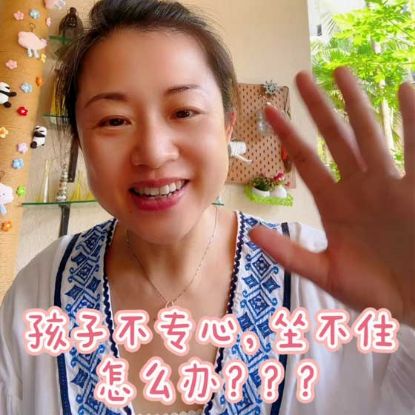Filter by attributes
Teaching videos
Singapore Chinese Tutoring: PSLE Essay Writing|Advanced Yet Simple Full-Score Opening Techniques
This Chinese teacher shared a super handy 'Sunlight Opening Method' for essay beginnings. Just use the phrase "Sunlight shines through the window/leaves, onto..." and change the spot to fit your story—like a desk or someone's face. Like that, your intro becomes very solid and powerful already, sure can score high marks.
Primary 5 Students Struggling to Improve Writing Skills, PSLE Chinese Proves Challenging to Score High | Singapore Chinese Tutor Ms Chen
This video for Singapore P5 students and parents analyses why mastering composition in P5 is crucial. It stresses consistently scoring above 34 marks to avoid stress and distraction in P6, enabling focused revision for all subjects. The core message is that solid preparation now leads to a calm and organised PSLE year, providing a clear and actionable academic roadmap for families.
Common Pitfalls in Primary 1 Chinese (Part 2): Stroke Order | Singapore Chinese Tutor Ms Chen
The video highlights that neglecting stroke order is a common misconception in Singaporean Primary 1 Chinese language learning. Correct stroke order significantly enhances children's writing speed and character recognition accuracy, making learning more efficient. Conversely, incorrect stroke order leads to slow writing, frequent errors, and memory difficulties. The video emphasizes that mastering stroke order rules (such as the mnemonic “horizontal strokes before vertical strokes”) from an early age, treating them as foundational as Mandarin phonetics, is essential for effectively supporting children's long-term Chinese language learning.
Common Pitfalls in Primary 1 Chinese (Part 1): Hanyu Pinyin | Singapore Chinese Tutor Ms Chen
In Singapore's Primary One Chinese language learning, many parents mistakenly believe that Hanyu Pinyin accounts for only 4 marks and thus neglect its importance. In reality, Pinyin forms the foundational skill for dictionary lookup and writing, directly impacting Chinese language performance in Primary Five, Primary Six, and even secondary school. Even when taking the Basic Chinese elective, computer-based exams require Pinyin input. It is recommended to help children solidify their mastery through engaging methods like picture association, laying a solid foundation for future learning.
2025 Primary 5 Year-End Exam Review Part 2: How to Achieve Full Marks in the Foundational Knowledge Section💯 | Singapore Chinese Tutor Ms Chen
This is an invaluable collection of essential teaching videos for elementary Chinese language exam preparation! It clearly outlines a high-scoring review path for students and parents.
2025 Primary 5 Year-End Exam Paper 2: How to Review for High Scores? | Singapore Chinese Tutor Ms Chen
Want to stand out in your Primary 5 Chinese exam and effortlessly achieve top marks? This video reveals the secrets to high scores!
Our teacher shares invaluable insights, precisely breaking down the key strategies to boost your score on Paper 2 of Singapore's 2025 Primary 5 Chinese exam. Focusing on the “Language Application” section worth 30 marks, the video reveals how systematic targeted revision can help you achieve full marks.
Our teacher shares invaluable insights, precisely breaking down the key strategies to boost your score on Paper 2 of Singapore's 2025 Primary 5 Chinese exam. Focusing on the “Language Application” section worth 30 marks, the video reveals how systematic targeted revision can help you achieve full marks.
Effective Use of Good Words and Phrases in PSLE Primary Chinese Composition | Singapore Chinese Tutor Ms Chen
Memorizing good words and phrases blindly makes it hard for children to digest and apply them effectively. The effective approach is: first, distill and summarize frequently tested themes, memorizing only one or two examples per category and practicing dictation; then, through repeated training in different contexts, help children understand when to use them. Ultimately, internalize these words and phrases to achieve natural and fluent expression in writing.
Primary PSLE Chinese Composition: Proven Steps to a High-Score Essay in 50 Minutes | Singapore Chinese Tutor Ms Chen
Students who usually write well but perform poorly in exams often struggle with time constraints: they take over 2 hours to practice, but only have 50 minutes during the exam. The key solution is advance preparation. By memorizing high-scoring introduction and conclusion templates tailored to the four main PSLE composition question types, students can directly apply them during the exam, completing these sections in just 5 minutes. The remaining time can then be focused on developing the body of the composition, effectively overcoming time limitations to easily achieve scores above 30, or even reach as high as 37.
Primary PSLE Chinese Comprehension Score Improvement Method | Singapore Chinese Tutor Ms Chen
This video explains techniques for tackling the “Identify Specific Meaning Words in the Text” question type in Chinese proficiency exams. The key to solving these questions is to first read the instructions and then read the text, paying closer attention during the initial reading. Regularly build up your knowledge of common word-meaning pairings (e.g., ‘unclear’ corresponds to “ambiguous”) and reinforce your memory through daily practice. If preparation time is limited, memorize frequently tested vocabulary lists. Once you master this method, achieving full marks on this question type becomes straightforward.
Primary PSLE Chinese Composition: Common Problems & Fast Score Improvement Methods | Singapore Chinese Tutor Ms Chen
Key Considerations for PSLE Essay Preparation: 1. Topics: Focus solely on four categories: error prevention and correction, good deeds, crime prevention, and civic duties. 2. Content: Avoid clichéd phrases like “suddenly saw” and incorporate multi-sensory descriptions such as auditory and psychological elements. 3. Conclusion: Prioritize the penultimate paragraph, clearly outlining how the character gains insight. Content depth outweighs fancy vocabulary and phrases. Targeted practice can significantly boost scores.
Primary PSLE Picture Composition Expansion Training: How to Enrich Content | Singapore Chinese Tutor Ms Chen
This teaching guide instructs students to expand the simple sentence “Kicking the ball broke the neighbor's flowerpot” into a vivid ten-sentence paragraph. Specifically, they must describe the scene of the incident and focus on portraying inner thoughts: use expressive words and phrases conveying fear and anxiety, employ the “two little people” writing technique to depict inner conflict and struggle, and ultimately articulate their own choice. The teacher particularly emphasizes the need to check for misspellings.
PSLE English Composition: From Failing Marks to AL1 | Singapore Chinese Tutor Ms Chen
What should you do if your child can't focus or sit still? It's crucial for parents to recognize differences in learning styles; for kinesthetic learners, especially, it's about accepting their nature and guiding them with scientific methods, not forcing change. With patient understanding and targeted support, you can significantly enhance both your child's learning engagement and academic results.
Cracking the Code of Restless Children, Understanding Kinesthetic Learners | Singapore Chinese Tutor Ms Chen
What should parents do when their child is inattentive and restless? It's important to recognize differences in learning styles, especially for kinesthetic learners. Instead of forcing change, embrace their unique characteristics and guide them through scientifically proven methods. Patient understanding and targeted support can significantly improve a child's learning state and outcomes.




